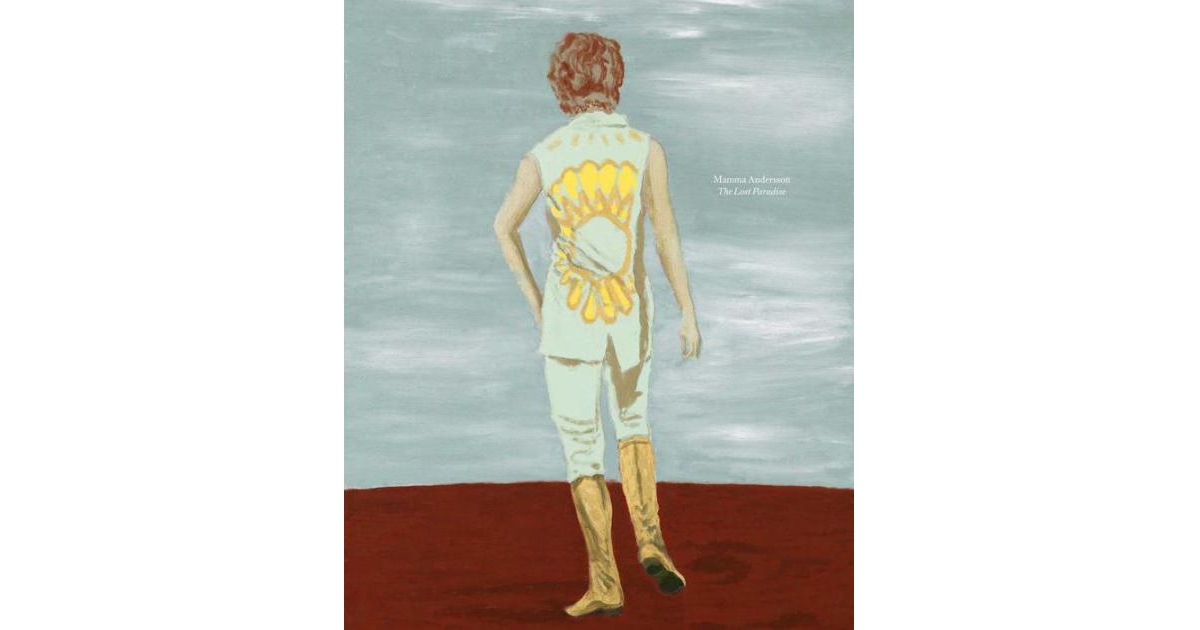This volume celebrates the Swedish artist Mamma Andersson's new body of work-melancholic, evocatively colored paintings that explore femininity, fantasy, and memory. Andersson's works embody a new genre of landscape painting that recalls late nineteenth-century romanticism while also embracing a contemporary interest in layered, psychological compositions. Her panoramic scenes draw inspiration from a wide range of archival photographic source materials, filmic imagery, theater sets, and period interiors as well as the sparse topography of northern Sweden, where she grew up. The paintings utilize a selection of motifs from throughout her career - barren branches and thick-barked pine trees, domestic interiors, horses, and young women. Resembling still lifes, they further a tradition of quiet, dreamlike domestic scenes by Scandinavian artists such as Vilhelm Hammershoi 1864-1916 and Edvard Munch 1863-1944 . Part of a self-conscious effort to capture an experience rather than a specific event, the compositions are freer and more abstract and mark a departure from her earlier work. Splendid color reproductions bring the artist's textured brushstrokes, loose washes, and stark graphic lines to life on the page. The book also features a new essay by critically acclaimed author Karl Ove Knausgaard.











